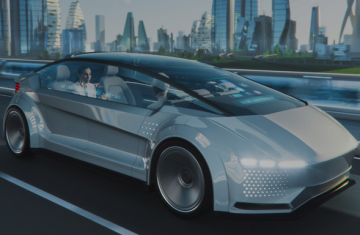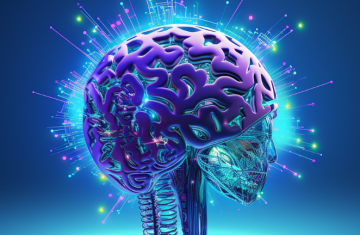- The rise of open source models: We anticipate a growing trend in the adoption of open source models. However, industry leaders maintain that closed source models will likely maintain their edge in performance. This perspective is rooted in the challenges associated with managing open source models, particularly the potential for increased maintenance demands and security or privacy vulnerabilities that may arise from untimely community-driven updates.
- Better embedding models: We will continue to witness advancements in embedding models that incorporate multimodality with higher dimensions, meaning they will also be capable of embedding images to enhance image search functionalities. The increasing number of dimensions signifies data representation in a richer format, capturing more intricate nuances within the data and yielding improved retrieval performance.
- Rising deepfake threats: The proliferation of deepfake technology poses a substantial threat to the integrity of upcoming elections as it enables the creation of convincingly altered media. It’s crucial for individuals to critically assess and verify information sources, especially during such pivotal times, to ensure that what they perceive as true is not a product of sophisticated manipulation.
- Compute continues to be precious: Nvidia’s expansion in 2023 was remarkable, primarily fueled by the soaring demand for its chips among major cloud computing giants such as Microsoft, Amazon, and Google. Looking ahead, it’s anticipated that these conglomerates will shift toward manufacturing their chips internally. This strategic pivot aims to diminish dependency on third-party suppliers and enhance their capability to meet the burgeoning demand for AI applications among their clientele. We have already started seeing this trend.
- Regulations: As highlighted in Chapter 9, the passage of executive orders in the US, EU, India, and other nations marks a significant turn toward stricter regulation in the AI sector. We can expect more defined and stringent regulatory frameworks to emerge, shaping the future of AI development and deployment.
- Digital Copilots: Microsoft has been at the forefront of the copilot revolution. Copilots are digital assistants, a conversational interface that has become an integral part of every product in the Microsoft Stack. A prime example is GitHub Copilot, which has not only enhanced developers’ coding efficiency but also reshaped the coding paradigm by providing code autocompletion, troubleshooting, and generation capabilities, thereby amplifying developer productivity exponentially. The horizon looks even more promising as these digital assistants are poised to become fundamental components of an expanding array of SaaS offerings across various industries. This evolution will be characterized by the integration of multimodal capabilities and the emergence of autonomous agents capable of executing tasks, interfacing with both internal databases and external applications, and harnessing internet data to deliver unparalleled efficiency and innovation.
- Advancements in brain-machine interfaces (BMIs): BMIs such as Neuralink will get a boost. They utilize AI to decode and interpret complex neural signals, enabling the translation of brain activity into actionable commands for computers or prosthetic devices. This technology promises enhanced mobility and communication for individuals with physical disabilities, offering a seamless integration between human intention and machine action.
- Robotic AI/robotic process automation (RPA): We will continue to witness advancements in robotic systems through the integration of LLMs that further enhance their reasoning capabilities. Tesla unveiled its humanoid robot, Optimus, in 2022. Since then, remarkable improvements have been observed in the robot. It is now capable of picking up objects and folding shirts. Similarly, Amazon is experimenting with robots in its warehouses to move items,a development that is quite impressive. This demonstrates the physical ingenuity of modern robots and their potential to assist humans in repetitive, tedious, and mundane tasks. While robotics and AI have been deeply intertwined, we’ll see compelling advancements through the continued integration of RPA technology and generative AI:

Figure 10.10 – Image of Tesla’s Humanoid Robot Optimus. Source: Tesla




